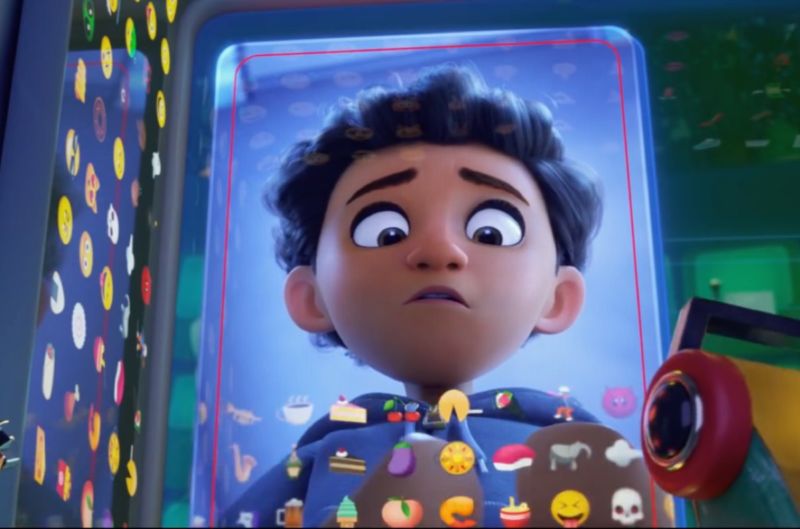
Enlarge / The Emoji Movie (2017) anthromorphized the ubiquitous icons we use to convey emotion in online communications. (credit: YouTube/Sony Pictures)
In 1982, a computer scientist named Scott Fahlman was chatting on an online bulletin board, and used a combination of a colon, a hyphen and a round bracket to indicate that he was joking. This was likely the first emoticon, a kind of emotional shorthand that emerged in online communications to compensate for the loss of in-person tonal clues (facial expressions, gestures, and so forth). Then came emoji, which started spreading rapidly into wider use around 2011. Emoji are now used by roughly 90% of the online population.
That makes them a keen topic of interest to linguists like Philip Seargeant. Seargeant is a senior lecturer in applied linguistics at The Open University in England. His specialty is the study of language and social media, with a particular focus on the politics of online interaction. Given his linguistics expertise, he naturally found himself intrigued by the rise and eventual dominance of emoji in online communication, and that fascination led to his first popular science book: The Emoji Revolution: How Technology is Shaping the Future of Communication.
"I've always been interested in a mixture of the visual as a sort of language," Seargeant told Ars. "Emoji are often seen as very frivolous, a little bit childlike. But at the same time there's something more serious about the way they're being used, despite their cartoonish look—both in the way people use them, and in the sophistication they have as language."
No comments:
Post a Comment